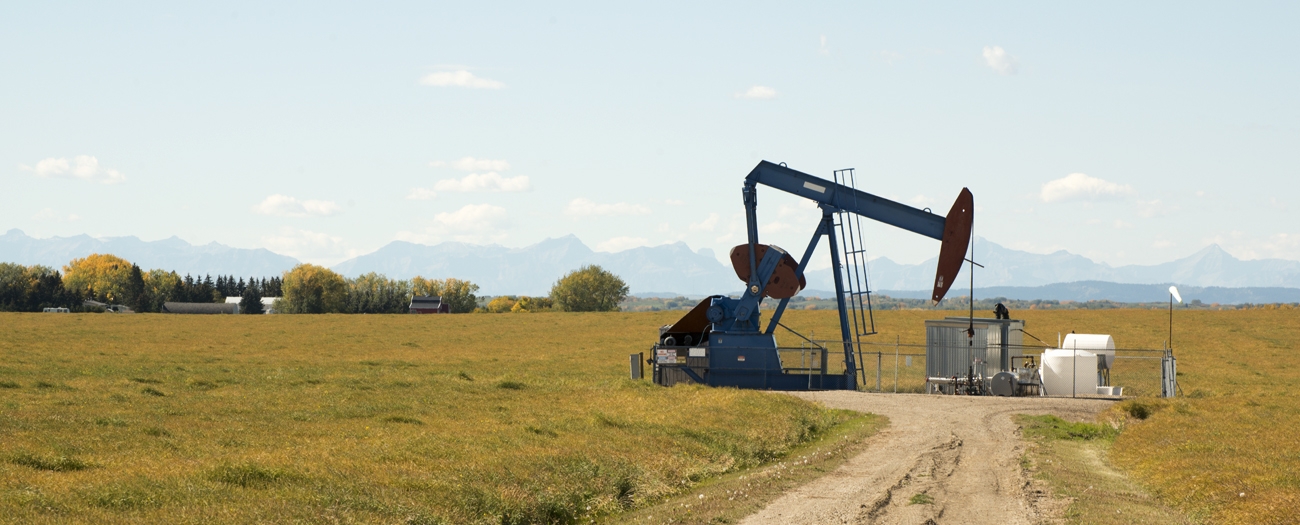Increased Risk of Wildfire
Alberta is experiencing another extremely dry wildfire season, and historically, most fires related to the energy industry in Alberta occur from April through June. These fires are usually due to flaring operations, inadequately extinguished old burn/brush piles, and hot vehicle exhausts, including exhaust from off-highway vehicles.
Proactive fire control measures should be in place that include wildfire mitigation, prevention, preparedness, and response as well as acquiring and maintaining fire suppression equipment as required under the Forest and Prairie Protection Act and associated regulations, including the AER’s Directive 060: Upstream Petroleum Industry Flaring, Incinerating, and Venting and Directive 071: Emergency Preparedness and Response.
Under Directive 071, duty holders who must have an emergency response plan (ERP) must have one at a level of detail proportionate to its operations and address hazards and potential consequences of the emergency scenarios that its operations pose to the public and the environment, including oil and gas activities that have the potential to ignite a wildfire. Directive 071 also provides information on criteria to evaluate when contemplating an ERP activation. Mutual aid should also be considered through effective communication and coordination with local fire departments and municipalities.
Approximately 61% of all wildfires in the 2023 Alberta wildfire season were determined to be caused by human activities. With your cooperation, effective planning, and preparedness, this number can be reduced. Additional information about wildfire conditions in your area, how to be notified if they occur, and how to prepare for wildfires or other natural hazards can be obtained from the following resources:
Questions regarding this bulletin may be directed to the AER’s Customer Contact Centre by phone at 403-297-8311 (1-855-297-8311 toll free) or by email at @email.


